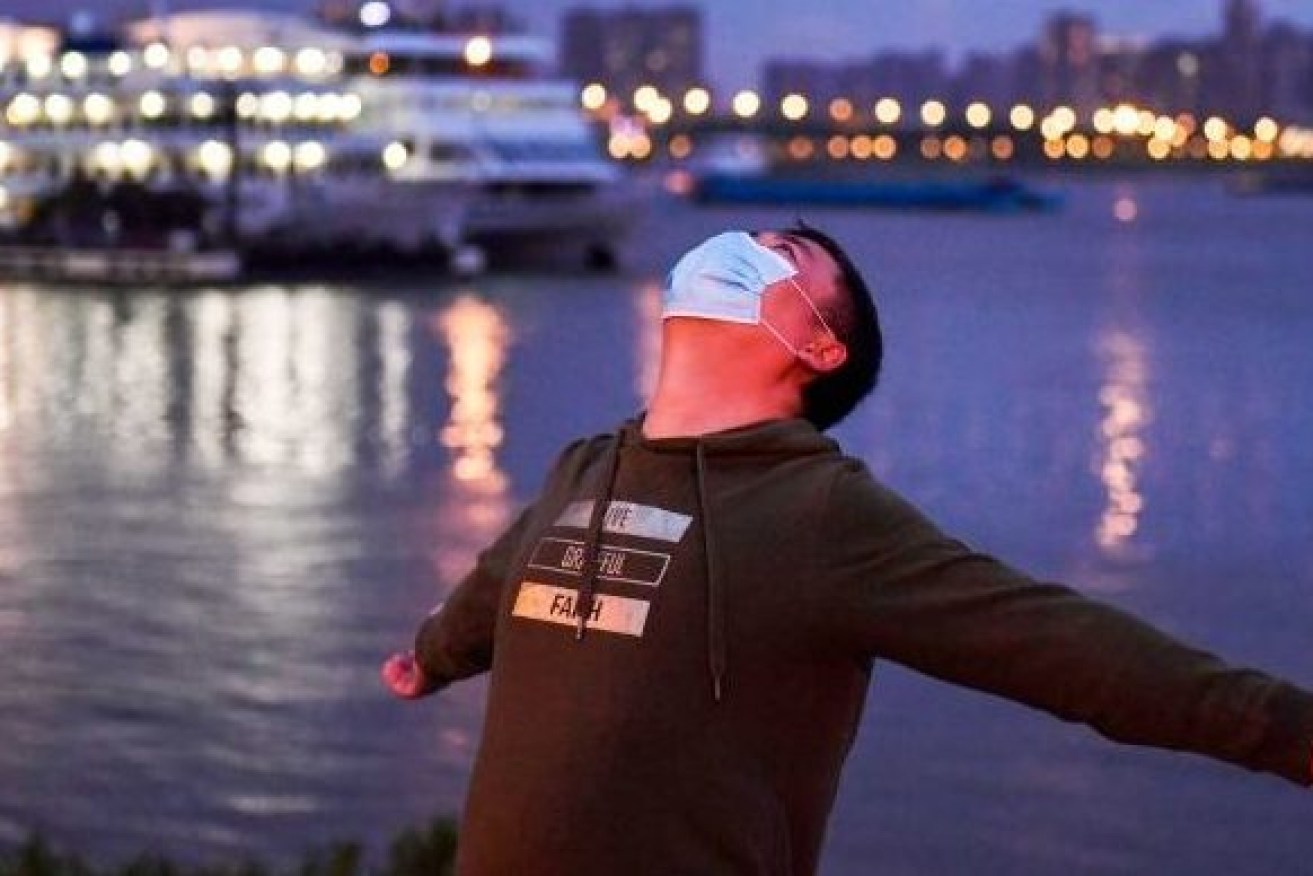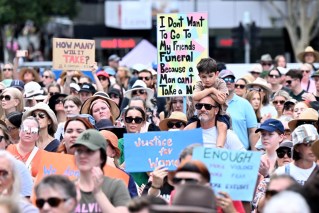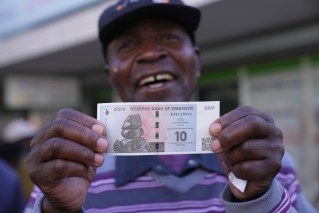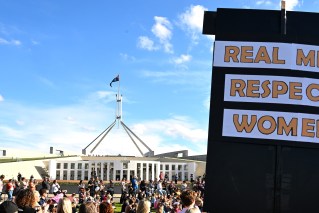After 76 days in lockdown, the lights are back on in Wuhan
It’s taken 76 days, but the city where the devastating coronavirus pandemic all started is finally ending its lockdown.

Residents in the coronavirus epicentre Hubei are allowed to roam outside for the first time in months. (Reuters)
Millions of people will be able to leave for the first time since January 22.
Zhu Yi travelled to the city with her family for Lunar New Year on January 20, only to be caught in the lockdown three days later. She’s excited about the measures lifting.
“Wuhan people are very happy and excited because we have been locked at home for so long,” she told the ABC.
But what’s become clear in recent days is this is no free-for-all, and the city is not returning to a normal state.
How China plans to prevent another outbreak
There are still some restrictions in place for locals, as more than 1000 people with the virus are still being monitored and treated.

A theatre is disinfected in Wuhan before the lockdown in the coronavirus epicentre is lifted. (Reuters: Aly Song)
China’s Government will still be using hyper-vigilant measures to track and trap remaining cases.
Having got through the worst of COVID-19, authorities are not taking any chances in case of another outbreak.
“When we arrived here, no one had any protection and everyone went out as usual,” Zhu told the ABC.
“People didn’t realise how serious this virus was. I even took part in a family gathering with more than 50 people.”
In recent weeks, as authorities in Wuhan began relaxing restrictions, Ms Zhu and her family have been going outside and shopping at a supermarket — with strict social-distancing measures enforced.

Chinese resident Zhu Yi got caught in the Wuhan lockdown after travelling there with her family for Lunar New Year. (Supplied: Zhu Yi)
She’s deeply relieved that her family was unaffected by the virus. Others weren’t so lucky.
So far, 2571 deaths have officially been linked to COVID-19 in the city, although many suspect there were more victims in the early weeks who died without being tested.
“In my wider circle of family and friends, I’ve heard of about 10 people who have died,” she said.
The long journey home

Residents in the coronavirus epicentre Hubei are allowed to roam outside for the first time in months. (Reuters)
While she’s booked tickets to leave with her family back to the southern city of Shenzhen on April 12, others can’t escape as easily.
People wishing to travel to China’s capital require approval from local district governments in Beijing before they can buy a ticket.
Nearly all people who leave Wuhan to other cities will face 14 days quarantine upon arrival.
And only those with a “green” health rating on government apps will be permitted to leave.
Those with ‘red’ or ‘orange’ ratings representing their level of coronavirus risk face further weeks or possibly months of restrictions.
As of Monday, China’s National Health Commission reported 574 current cases in Wuhan.
They didn’t provide the location of a further 772 people who are currently under medical observation for testing positive to coronavirus without symptoms. It’s likely most of them are in Wuhan.
“Since these asymptomatic people also carry the virus, they must be infectious, so we need to be cautious about them,” infectious diseases specialist Liu Zhengyin told state TV this week.
“As Wuhan gradually lifts its restrictions for many activities, some sporadic cases may occur in the process, but since they appear sporadically, people should not panic.”
With China reducing flights and banning foreigners from entering the country, authorities hope they are catching all infected Chinese who fly into the country with coronavirus.
Wuhan is not the only place having strict government measures lifted.
In recent weeks, the rest of Hubei province — which was originally locked down with Wuhan — had movement restrictions also relaxed.
But brutal clashes on a border bridge with neighbouring Jiangxi province in late March showed just how much difficulty and stigma residents of the province face.
As some celebrate, many begin to mourn those they lost

China held a national day of mourning for those who died of the coronavirus diseases. (Reuters: Aly Song)
Along with the stigma are the thousands that have been left to pick up the pieces.
The relief that many feel about the end of the lockdown is being tempered by the grief thousands of families are experiencing.
Last weekend, China designated a day of national mourning for the victims, flying flags at half-mast and pausing for three minutes.
It was a departure from the heavily nationalistic coverage of recovered patients and heroic medical staff that state media had been circulating.
But even afterwards, the coverage — produced under government orders to spread “positive energy” — has mostly concentrated on China’s victory over COVID-19.
It’s something many have struggled to come to terms with. For Wuhan resident Liu Ning, it’s been hard to move on after losing his disabled brother in devastating circumstances.
“I received a call on February 12 from a community worker saying my brother had suddenly died, but they wouldn’t say why,” he said.
“They just told me both his lungs were affected and gave me half an hour to see his body before they took it away to the mortuary house for cremation”.
February 12 was the worst day of Wuhan’s outbreak, and Liu’s compound was under lockdown, meaning he couldn’t leave or organise any transport to farewell his brother with such short notice.
“The welfare house said they couldn’t send him to hospital because the hospital wouldn’t accept him,” he said.

Wuhan’s lockdown has officially lifted, but the city has been transformed in many ways by coronavirus. (Reuters: Aly Song)
Thousands of families can tell similar stories of losing loved ones to the virus or facing difficulties accessing hospitals for other critical ailments.
Yet as the number added to the daily death toll has continued to dwindle, many have been focussed on celebrating the end of their lockdowns.
But the world they face now will not be as it was before.
The temporary fences and barbed wire are coming down for some residents’ compounds, but staying up for others.
Supermarket trips involve long social distancing lines and temperature checks.
For this city of 11 million, things won’t be going back to normal anytime soon.
– ABC / Bill Birtles













